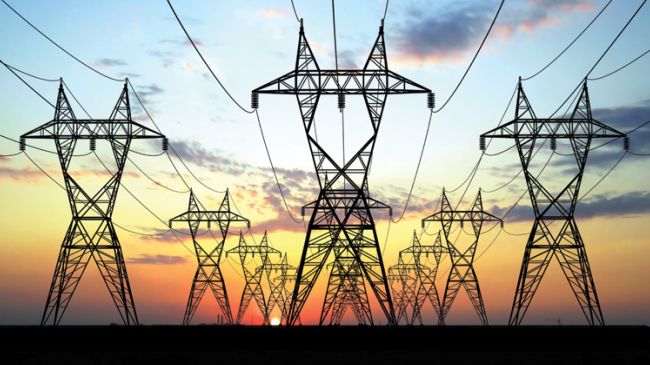
Rumours of 20% Price Rises persist
Brace yourself for yet more power bill increases in July, with more and more evidence that they could be as high as 20% in some states. 
NSW households will reportedly have to pay up to $400 a year more for power from July because of a 50 per cent increase in the wholesale electricity price, the energy minister confirmed in the Daily Telegraph last week.
Victorians don’t escape, with the Herald Sun reporting recently that “greedy energy retailers are fleecing Victorians by up to $400 a year by increasing their cut of household power bills”.
A Grattan Institute report found that Victorian electricity retailers are claiming a margin of around 13% — which is more than double the figure considered fair when state governments had responsibility for setting prices.
Mooted price hikes of between 10-20% come on the back of closures to Victoria’s Hazelwood coal power plant and South Australia’s Northern power station.
As we go around the nation the story is the same. A report in the Courier Mail claims Queensland’s wholesale electricity prices hit record highs in January, outstripping every other state so far this year, including South Australia’s trouble-prone network.
The average price in January was more than double any other state and more than three times that of Victoria, according to figures from the Australian Energy Market Operator (AEMO).
Over in the West, Western Australians face an average $205, or 14.5%, hike in their home electricity bills over the next two years, according to the Australian Energy Market Commission.
Industry experts say one reason for the rise has been some states’ increased reliance on renewable energy.
On the Daily Drive show we spoke to ITK energy analyst David Leitch who shed a different light on the argument. David told us that between 2008-2013 we had a large increase in wires and poles costs that households had to pay.
In 2014 The Abbott Government took the carbon tax away, NSW Premier Mike Baird said no more price rises, coal fired stations were making less money so they became more efficient. The wholesale power price jumped from $48 pM/h to $110 pM/h.
When we asked David if investment in the poles and wires had been a good decision he agreed. The grid is now more reliable and we have excess grid capacity, in fact, sub stations have too much capacity and it’s not being used.
With a quarter of houses nationally having solar panels, David believes that high energy prices will encourage us to be more efficient with our power.
David says power companies continue to do well on the stock market (siting the great price the NSW Government got for the sale of Ausgrid) but there is a court case going on at the moment that could see the costs generated by maintaining the poles and wires (commonly referred to as gold-plating) come down. This would off-set the increase in generation prices.
Apparently we have to get used to it, as power prices are low at the generation level and have been for some years. David’s comments were echoed by NSW Energy Minister Don Harwin who confirmed that increases were on the way after a period of stability for several years.
High prices are as natural as low prices and we have to accept the good and the bad apparently. It’s a tough pill to swallow as we amble towards winter.
ADDITIONAL INFO
- While power companies are enjoying good returns at the moment, they are staring down the barrel of having to replace ageing coal-fire power stations in the years to come.
- Both sides of government are pitching renewable energy targets, Labor at 50%, the Coalition at 20% by 2020
- Wind and solar power are sold more cheaply to the national electricity market than coal and gas due to federal subsidies.
- Renewables provide intermittent supply and when the wind stops or sun doesn’t shine, coal and gas power stations have to ramp up supply, driving up the spot price.
- Electricity can make up to 45 per cent of a household’s bill
- Industry experts said the way to stop wholesale prices from more increases included increasing the domestic gas supply, building more coal- or gas-powered stations or extending the lives of existing ones and ending subsidies for renewable energy.


